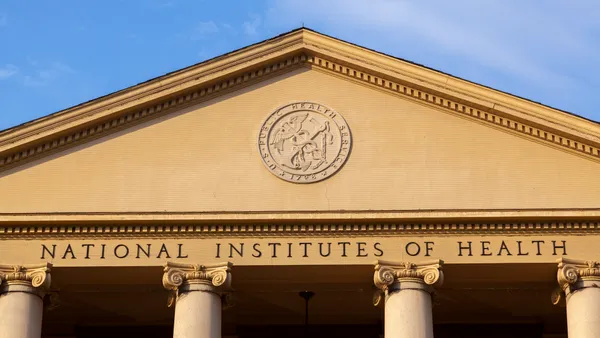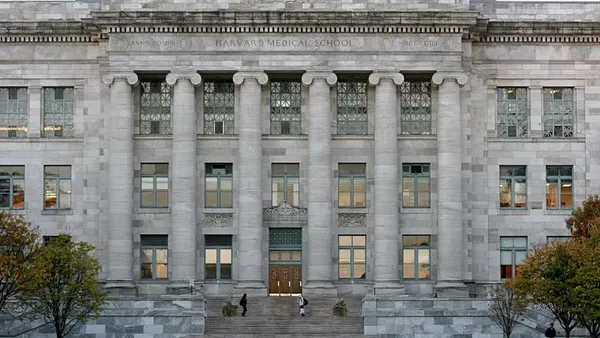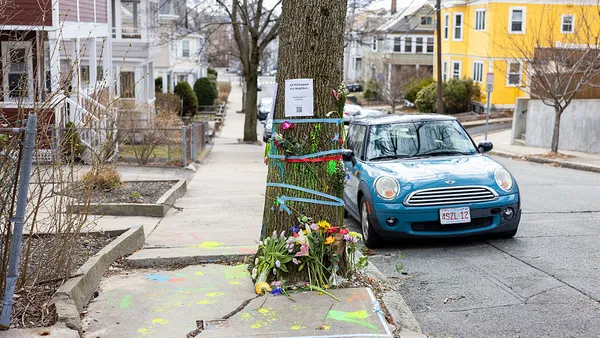Dive Brief:
- About 9% fewer students completed Free Application for Federal Student Aid forms as of the end of March than had done so at the same point last year, according to new data from the National College Attainment Network. This amounts to 873,489 fewer students filing a FAFSA.
- This was driven by a decline in FAFSA renewals, as the share of new FAFSA filers rose, the college access organization found. Completions among students already enrolled in college fell by about 12% from last year, or 880,831 fewer students renewing. Renewals among enrolled students eligible for federal Pell Grants, a proxy for low-income status, dropped by more than 15%, or 545,667 students, in that period.
- NCAN said the data, which the Office of Federal Student Aid provided, suggests “very bad news in the short term for college student retention, persistence, and completion rates.”
Dive Insight:
The new data means colleges should expect fewer students to enroll for the 2022-23 academic year, NCAN said. That would further heighten enrollment challenges for the higher education sector. Institutions enrolled about 1 million fewer undergraduates in fall 2021 compared to two years ago, the National Student Clearinghouse Research Center found.
The coronavirus pandemic severely disrupted FAFSA completions, according to prior NCAN analyses. But the declines present through March for the 2022-23 academic cycle “dwarf those from two years ago,” the group said.
This troubling trend suggests more students than usual are not considering attending college. NCAN said the “hot economy” may influence decisions, as it potentially lures some students from postsecondary education into the workforce.
Factors also linger from the pandemic that make college-going a less attractive prospect, the organization said. That includes continued COVID-19 vaccination and masking mandates, virtual courses and disruptions from having to isolate if students contract the virus.
And high schools are dedicating resources to shoring up students’ basic needs, as well as addressing pandemic-induced learning losses and mental health challenges, rather than a transition into college, NCAN said.
“Students from the high school graduating classes of 2020 and 2021 may have missed out on supports and foundations that would have contributed to postsecondary persistence and resilience,” NCAN said.
Total FAFSA completions especially plummeted from the beginning of October 2021 through mid-January, NCAN said. They hit their lowest point in mid-December, falling 23% year over year through that point in the admissions cycle.
Renewals hit a low at the end of November, dropping nearly 33% from the previous year. Almost 36% fewer Pell Grant-eligible students renewed their FAFSAs as of mid-November, the low point for that contingent.
No state had an uptick in year-over-year renewals, with the average state decline reaching more than 12%, according to NCAN.
To mitigate potential problems in first-time enrollment, retention and completion, NCAN suggested colleges and K-12 schools leverage federal pandemic relief funding. The money could, for instance, fund programs designed to prevent students from losing interest in higher ed between high school and college, NCAN said.














